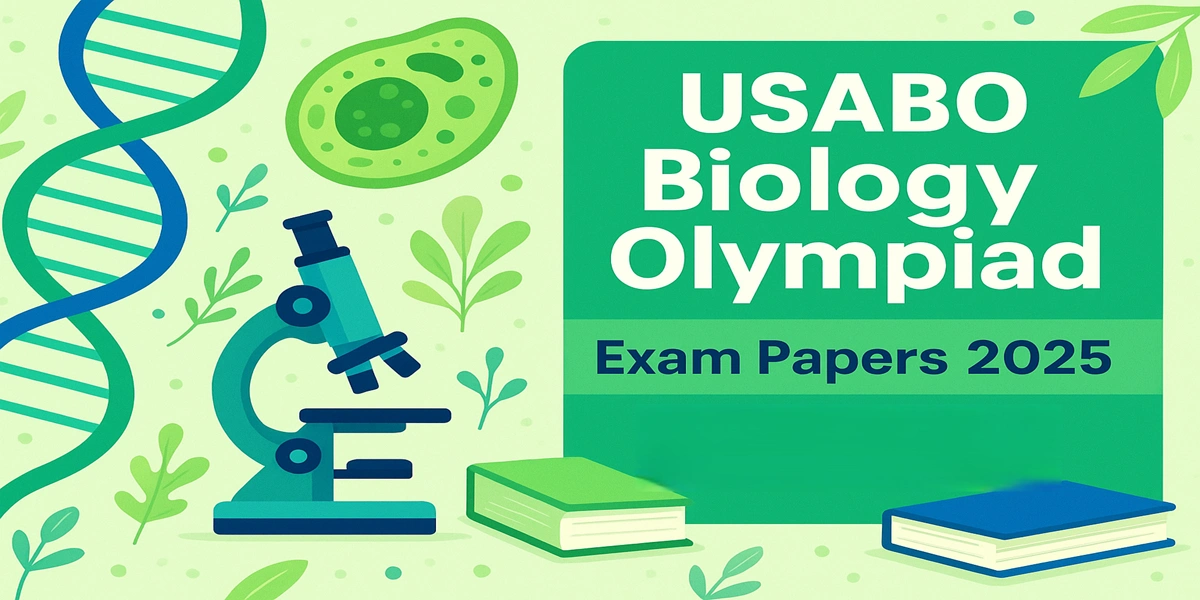Disinfectants are classified on the basis of the following factors:
Based on Consistency : On the basis of consistency or state of matter, disinfectant are of two types:
- Liquid (e.g., alcohols, phenols), and
- Gaseous (e.g., formaldehyde vapour).
Based on Spectrum of Activity : On the basis of spectrum of activity, disinfectant are of three types:
High Level Disinfectants : These disinfectants are used against certain types of endoscopes, cystoscopes, and surgical instruments with plastic components which cannot withstand sterilisation procedures such as autoclaving. Examples of high level disinfectant include glutaraldehyde, hydrogen per oxide, peracetic acid, and chlorine compounds.
Intermediate Level Disinfectants : These disinfectant may not be effective against bacterial spores; so are used for instruments (e.g., laryngoscopes, fiberoptic endoscopes) where contamination with spores and other highly resistant organisms is unlikely. Examples of these disinfectant include alcohols, iodophores, and phenolic compounds.
Low Level Disinfectants : These disinfectant are used against items which come in contact with the patients, but they do not penetrate the tissues. Stethoscopes, electrocardiogram, electrodes, etc., are examples of such items. Examples of these disinfectant include quaternary ammonium compounds, and phenolic disinfectant.
Based on Mechanism of Action : On the basis of mechanism of action, disinfectant are classified into:
- Disinfectants acting on plasma membrane (e.g., alcohol, detergent),
- Disinfectants denaturing cellular proteins (e.g., alcohol, phenol),
- Disinfectants responsible for oxidation of essential sulphydryl groups of enzymes (e.g., H2O2, halogens),
- Disinfectants responsible for alkylation of amino-, carboxyl-, and hydroxyl group (e.g., formaldehyde), and
- Disinfectants damaging nucleic acid (e.g., formaldehyde).
Mode of Action
Many substances act as disinfectant like alcohols (also have antiseptic property), bleaches, hydrogen peroxide, and iodine. Different disinfectant have different mechanism of action.
An ideal disinfectant would offer complete sterilisation, without harming other life forms. Along with these essential properties, an ideal disinfectant should be inexpensive and non-corrosive. However, such ideal disinfectant do not exist and many disinfectant generally show partial sterilisation. The bacterial spores, some viruses, and bacteria are highly resistant to many disinfectant.
Mode of action and applications of the following disinfectant are discussed bellow:
- Alcohols,
- Phenols and phenolic compounds,
- Aldehydes,
- Halogens,
- Heavy metals,
- Oxidising agents,
- Surface active agents, and
- Dyes.
| Read More Topics |
| Embryonated hen’s egg introduction |
| Evaluation of efficiency of sterilization methods |
| Transmission electron microscopy (TEM) |
| Quantitative measurement of bacterial growth |






